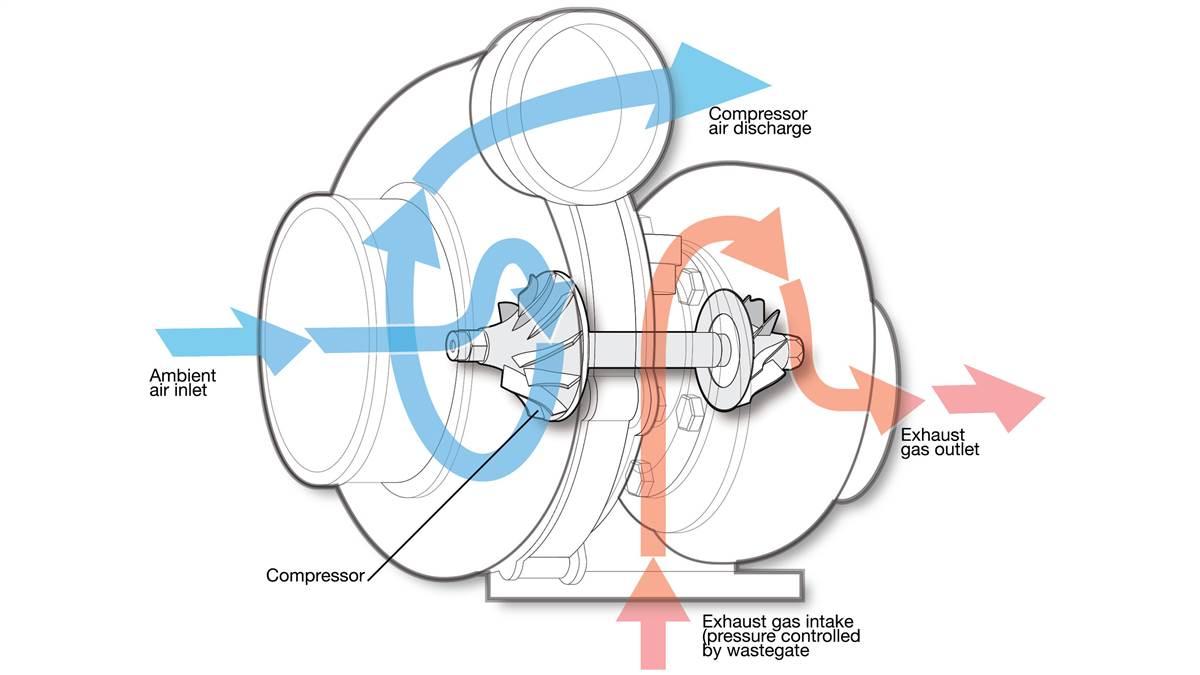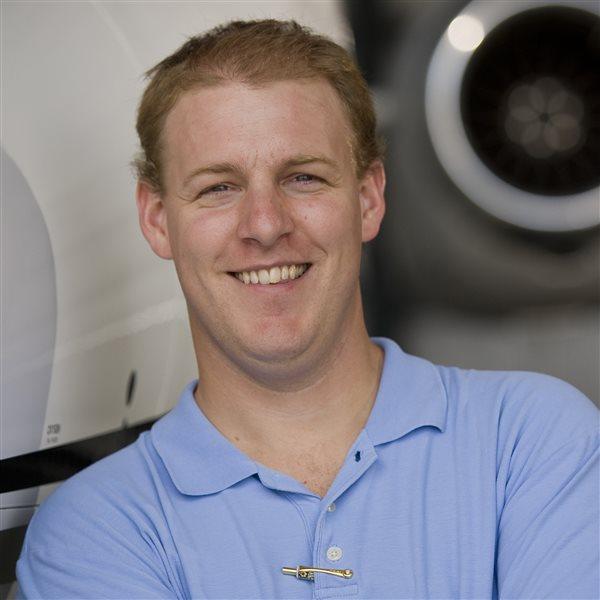
Internal combustion engines are marvelous things, but they have one major downside for airplanes. Because they require air to create power, and density decreases with altitude, the power available decreases with altitude as well. Turbochargers solve this problem.
Turbochargers compress the air and force it into the cylinders, creating sea-level power up high. Conceptually a turbocharger is simple. Think of a water wheel that spins with the strength of a stream running over it. As the water flows faster, the wheel turns faster. In a turbocharger that “wheel” is in the exhaust gas flow. A direct connection with an impeller in the intake flow compresses the ambient air. How much intake air is compressed is directly related to how much exhaust gas is running through the system, something that is controlled with power and a wastegate.
The wastegate is a valve that either directs engine exhaust over the turbocharger or dumps it overboard. When the wastegate is closed the engine is developing its full power, and when it’s fully open, the engine is operating more like a traditional normally aspirated engine. Control of the wastegate is the primary method the pilot has to control the pressure in the turbocharger. The valve can be controlled in a few different ways, including a manual knob with a direct connection or an automatic oil pressure system. Regardless of how the wastegate is controlled, it’s up to the pilot to ensure the cylinders never receive too much pressure, a problem called overboosting, in which long-term engine damage can occur.



